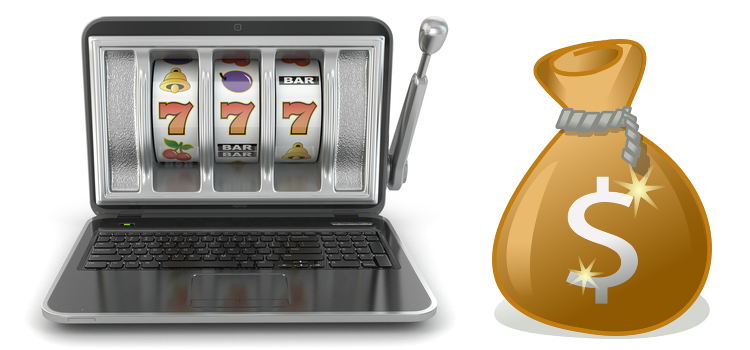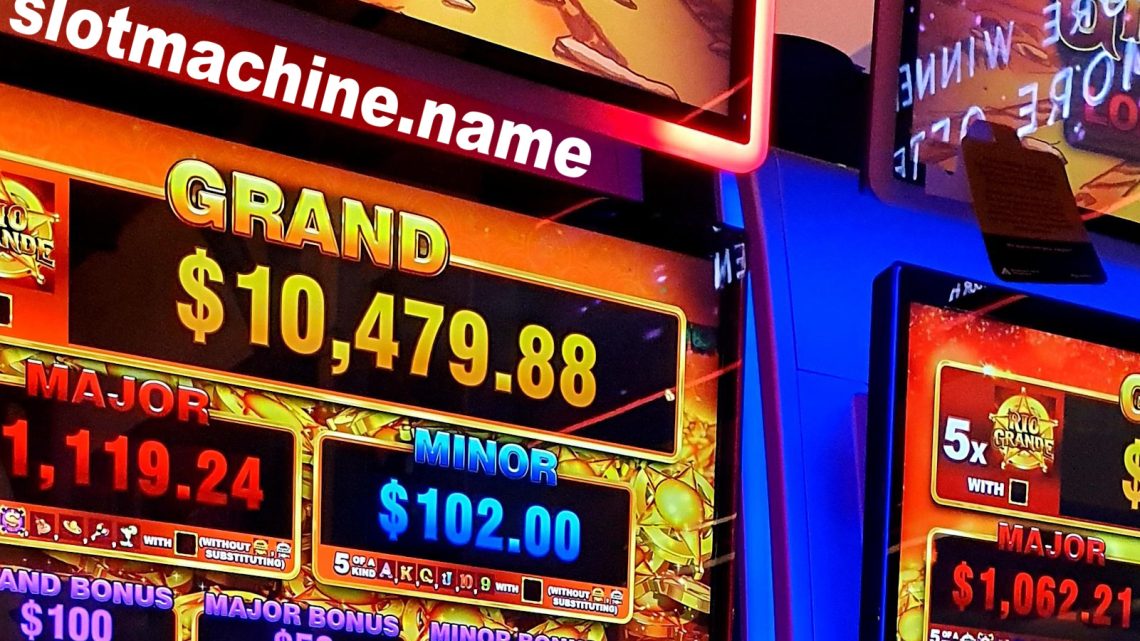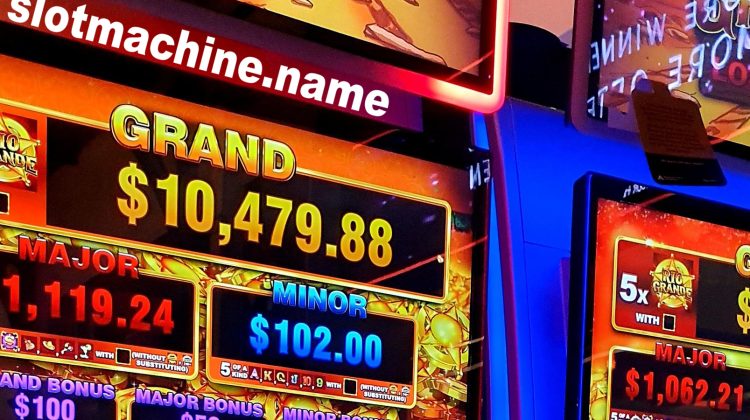The skill of card counting in Blackjack is one that is often credited to the legendary Blackjack player Ed Thorp, but the skill actually goes back to the middle of the twentieth century, when the popular book Playing Blackjack to Win was published in 1957.
Before that date, there was no real strategy in Blackjack – indeed, it was more of a game based around guesses and hunches rather than anything more solid.
The book though, written by the four legendary Blackjack players Roger Baldwin, Herbert Maisel, James McDermott and Wilbert Cantey (or ‘The Four Horsemen’ as they were more commonly known), changed everything.
It contained the world’s first mathematical blackjack strategy and also spoke about a rudimentary system for counting cards that required the use of ‘adding machines’ to help players become more successful.
This theory certainly made an impact on Thorpe who took the Horsemen’s thoughts and developed them into a system that no longer required counting machines.
Instead, Thorpe’s system simply recommended 16 different strategies based on the cards which were showing on the table at any one time. The strategies were crude and didn’t necessarily maximise a player’s advantage due to the fact that there were no recommendations to increase bet sizes based on the cards’ values.
Nevertheless, his strategies were published in the famous book ‘Beat the Dealer’ and despite an initially small print run, his ideas forced Blackjack players around the world to look at the game differently.
Indeed, many of today’s more modern counting systems are still based around the initial ideas that Thorpe came up with.
This revolutionary new way of looking at Blackjack turned Thorpe into a celebrity almost over night and made casinos develop a fear of card counting blackjack players who were able to eliminate the house edge.
As a result, two years after Beat the Dealer was published, Las Vegas attempted to change the standard rules of Blackjack so that only Aces could be split and that Doubling Down would be restricted to those hands totally 11.
The Blackjack community responded so angrily that just three weeks after these new rules were brought in, they were abandoned due to the lack of any activity at the tables.
Despite all this unrest, Thorpe continued to refine his strategy. In 1966, he released a new edition of Beat the Dealer which including a new Card Counting strategy that he named the ‘Hi-Lo Count.’
This new system was a lot more effective and encouraged players to vary the size of their bet depending on the cards that they had seen come out of the shoe.
Indeed, the Hi-Lo Count was so effective that by the end of 1966, almost all casinos based in Vegas had replaced the single deck that they used for Blackjack with four decks. This made the Hi Lo count less accurate and hindered players slightly.
From there, it’s only a short leap to the card counting systems that we see in place today. They’re all based around Thorpe’s initial structure and have been developed by computer scientists (Harvey Dubner), computer programmers (Julian Braun) and even a Nuclear Physicist (Allan Wilson).
Despite all that though, Thorpe’s Hi-Lo count is still the starting place for every Blackjack player looking to count cards for the first time.
By Silgan Martaltho
Simon is a regular contributor to Best Blackjack ( www.bestblackjack.org ) and can be found at the low stakes Blackjack tables when he has some spare time. If you want a semi-automated blackjack system, then maybe try http://www.blackjacksniper.com











No Comment